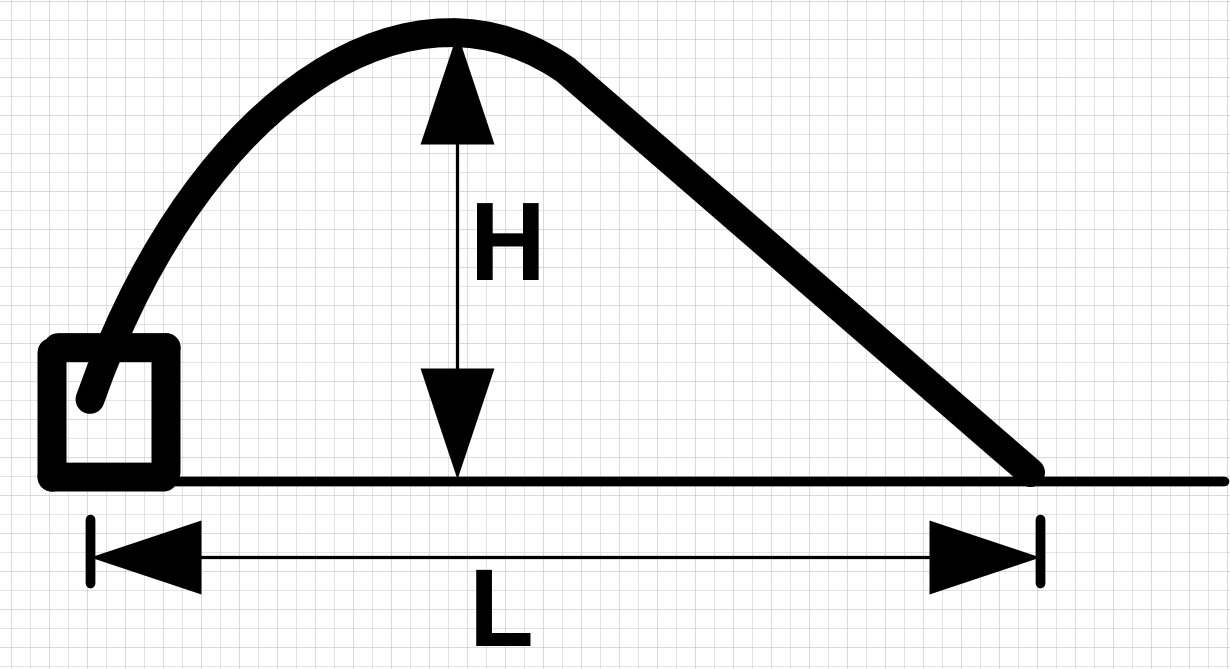Bond wires in packaged Power Amplifiers: Bondwire is an important part of packaged Power Amplifier systems. They are part of the system and cannot be dealt with as a separate entity. Some of the important points are as follows.
1. The bondwire inductance is determined by its height, length, and its distance from the ground plane. The longer the length, the more the inductance. The bond wires at the corners of the package have a higher landing distance at the package leads so their inductance is usually higher than those at the edges. The exact value of bond wires is hard and s-parameter models are available from packaging providers which should be used during the design process. The rule of thumb is that 1 mm bondwire corresponds to roughly 1-1.2 nH inductance.
2. The bondwires should be used as many as possible at the output of the power amplifier to reduce the effect of bond inductance. However, it is impossible to reduce the effect of bondwires to almost zero as there is always residual equivalent inductance which is roughly equal to 300 pH.
3. It is major negligence on part of Power Amplifier designers who design the circuit without paying much attention to bondwire effects. Bond wires should always be treated as part of the design.
4. Not only the bondwires at the output of power amplifier are important but also a considerable number of bondwires should be used for grounding as well. Power Amplifiers carry a substantial amount of current from supply to ground. The ground inductance has to be lower otherwise it can result in significant loss of power as well as distortion and instability.
5. If the design becomes too challenging then flip-chip with solder bumps is alternative to bondwire. It offers very low inductance around 30 pH so effectively the issue of bondwires is eliminated altogether. However, the flip-chip design is very costly but it has been widely employed in commercial systems.
